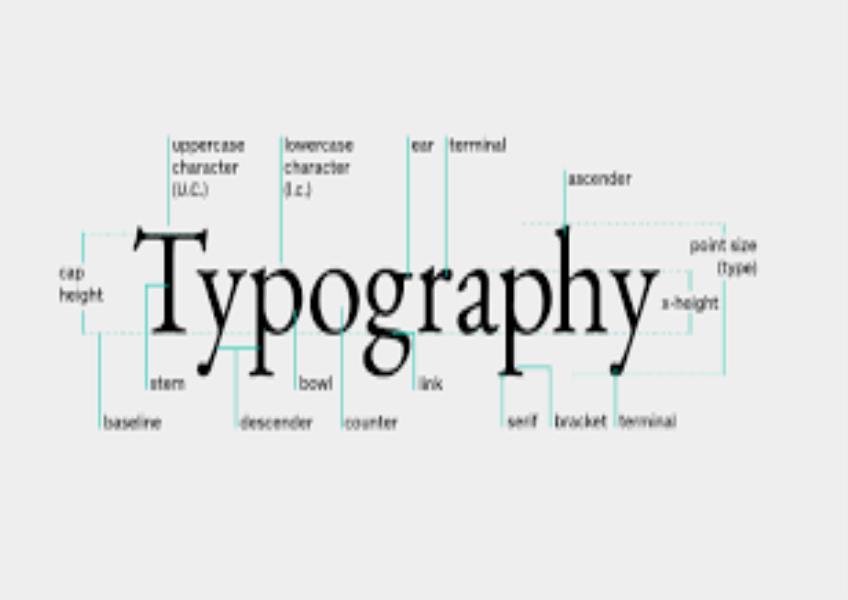Get the latest updates From BL Soni College Bhilwara

How important is typography in graphic design?
Typography is extremely important in graphic design. It plays a crucial role in conveying information, establishing visual hierarchy, setting the tone and mood of a design, and creating a memorable and impactful visual experience. Here are some key reasons why typography is vital in graphic design: Communication: Typography is a primary means of communication in design. It helps convey messages, information, and ideas to the audience. Effective typography ensures that the message is clear and easily understood. Visual Hierarchy: Typography helps establish a visual hierarchy within a design. By varying font sizes, weights, styles, and colors, designers can guide the viewer's eye to important elements and content, ensuring that the most critical information stands out. Brand Identity: Typography plays a central role in defining a brand's identity. The choice of fonts and their consistent use across various materials helps create a distinct and recognizable brand image. Mood and Tone: Different typefaces and typographic choices can convey different moods and tones. For example, a bold and modern font might convey a sense of confidence and innovation, while a script font may evoke elegance and sophistication. Readability and Legibility: Typography directly impacts the readability and legibility of a design. Proper font selection, line spacing, and kerning are essential to ensure that text is easy to read, especially in large blocks of content. Aesthetics: Typography is a fundamental aspect of the overall visual appeal of a design. The right choice of fonts and their arrangement can enhance the aesthetics of a design and make it more visually pleasing. Accessibility: Good typography practices also consider accessibility. This means ensuring that typography is easy to read and understand for people with visual impairments. Using appropriate font sizes, contrast, and spacing is crucial for accessibility. Differentiation: Typography allows designers to differentiate between various types of content within a design. For example, headings, subheadings, body text, and captions can all be styled differently to make the content structure clear. Consistency: Consistency in typography is vital for maintaining a cohesive and professional look across various design materials. Establishing a set of typographic guidelines helps ensure this consistency. Impact: Well-executed typography can have a significant impact on the viewer. It can evoke emotions, create memorable experiences, and influence decisions, making it a powerful tool in graphic design. In summary, typography is a foundational element of graphic design that influences both form and function. Designers must carefully consider typography choices to effectively communicate messages, create visually appealing designs, and achieve their design objectives.


